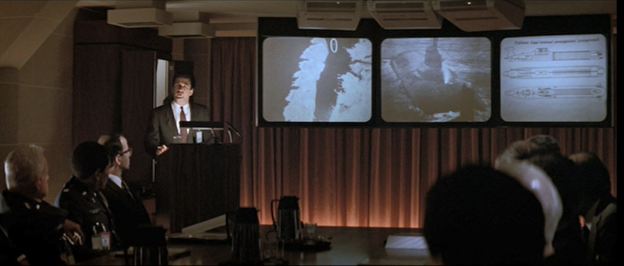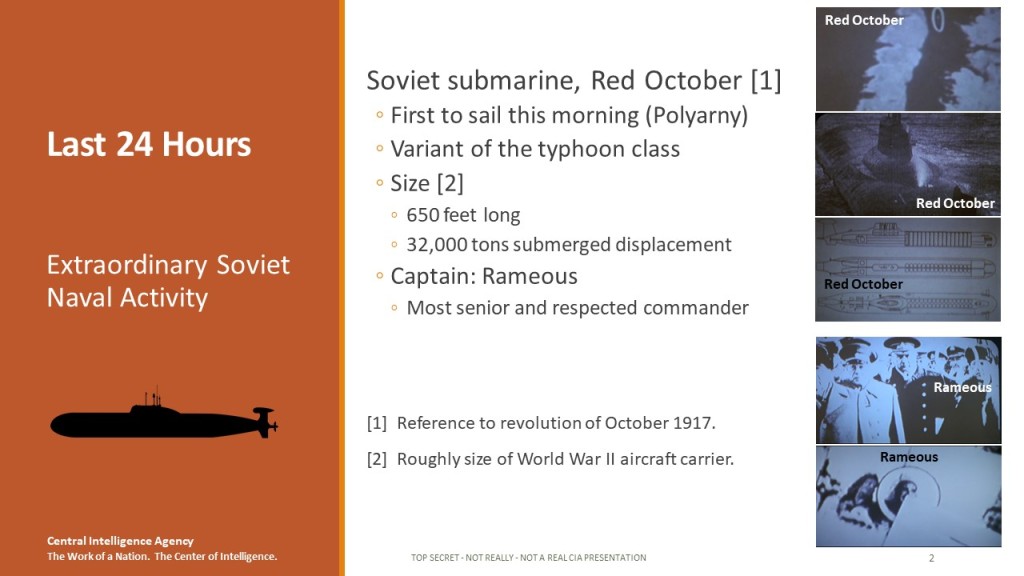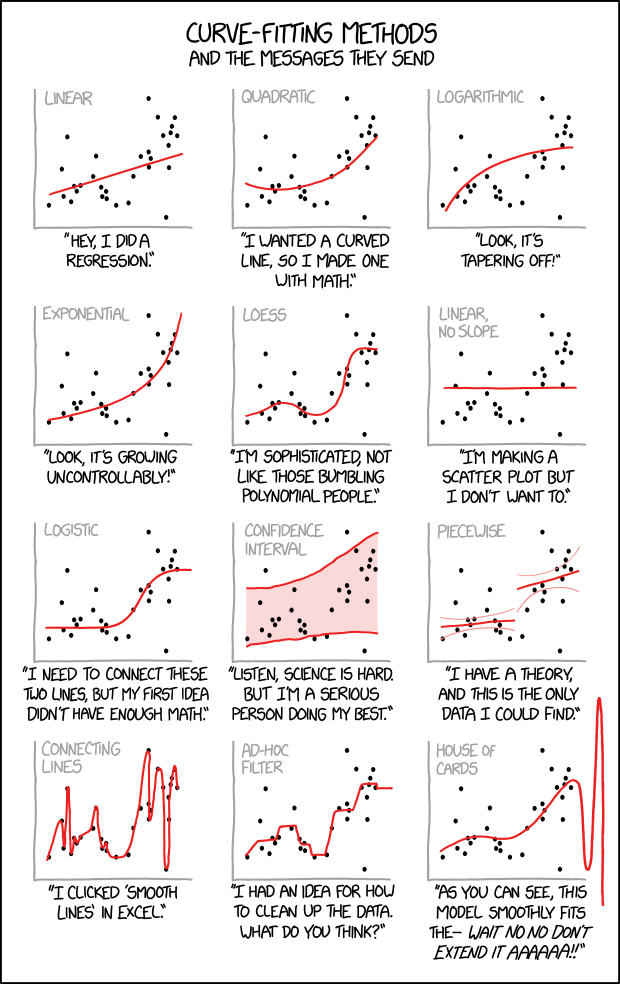In many offices today, PowerPoint is everywhere, and so is a particular culture of communication that has accompanied its use for more than 20 years. A few months ago, a connection on LinkedIn shared that his company was taking a page from Amazon by “moving away from PowerPoint for most meetings and important decisions.” Given the price we have paid for choosing bullet points and slides as our primary mode of sharing information for so many years, the fact that other companies (and perhaps a new generation of professionals) are following Amazon’s lead is a welcome development.
PowerPoint is so ingrained in our culture today that many may not know that professionals of various types raised real concerns about its growing use in the 1990s. Viewed as a blessing at first for allowing people to create slide decks more efficiently, it was not long before the characteristic PowerPoint design spread from sales pitches and executive reviews to other parts of the professional landscape, crowding out more effective ways of sharing information. (In my profession, the distorting effect PowerPoint had on meetings and documentation was already branded PowerPoint engineering by the late 1990s.)
Given its prevalence, PowerPoint users should be aware of its side effects, and one of the best warning labels users can read is the work of Edward Tufte.
How Pitching Out Corrupts Within
Few authors have argued what PowerPoint hath wrought more forcefully than Edward Tufte, Professor Emeritus at Yale University and expert in data visualization and the study of presenting information. (Yes, there is an art and a science to presenting information.) A great place to start is his none too subtle The Cognitive Style of PowerPoint: Pitching Out Corrupts Within (2006), a concise, 31-page booklet that is actually a separately published chapter from his book Beautiful Evidence (2006).
In this booklet, Tufte argues that the fundamental layout of PowerPoint presentations “reduces the analytical quality of serious presentations of evidence.” In other words, the characteristic design of PowerPoint presentations—bullet points, sequential slides, low information content per slide—constrains and distorts the very information that presenters are trying to convey. (This may be obvious to anyone who has sat through their share of PowerPoint presentations.)
Tufte further argues that PowerPoint is presenter-oriented and not content-oriented or even audience-oriented, and that it “turns information into a sales pitch and presenters into marketeers,” which “harms the quality of thought” for both the authors and consumers of presentations. Put another way, while PowerPoint makes it easier for presenters to put slide decks together, its use distorts the information presented and hampers thinking about that same information.
While Tufte’s arguments may seem academic at first, they become deadly serious when he examines a case where an overreliance on PowerPoint negatively affected communication in a life or death situation.
Space Shuttle Columbia
On January 16, 2003, the Space Shuttle Columbia lifted-off for what would be its final launch. At nearly a minute-and-a-half into flight, a piece of insulating foam broke from its external fuel tank, striking and mortally damaging Columbia’s left wing. While the foam strike was later observed on video of the launch, the damage to the left wing remained undetected during the shuttle’s 16-day mission. Then, on February 1, during its planned reentry into the atmosphere, the shuttle broke apart, killing all seven astronauts aboard.
While in orbit, engineers from Boeing (the shuttle’s manufacturer) and NASA analyzed the launch video and tried to assess the likelihood that the foam strike had damaged the shuttle’s wing. Ultimately, Boeing prepared three reports, or PowerPoint pitches (the term used by NASA engineers). According to Tufte, whose analysis was included in the final Columbia Accident Investigation report (page 191), the PowerPoint slides “provided [a] mixed reading of the threat to the spacecraft” with lower-level bullets (in the requisite smaller fonts) conveying “doubts and uncertainties” while “executive summaries and big-bullet conclusions were quite optimistic.” In short, senior managers underestimated the threat to the spacecraft due to the optimism conveyed in the slides. From The Cognitive Style of PowerPoint:
Convinced that the reports [the slides] indicated no problem rather than uncertain knowledge, high-level NASA officials decided that the Columbia was safe and, furthermore, that no additional investigations were necessary.
By declaring Columbia safe, efforts to determine if the shuttle was damaged were thwarted.
Several NASA engineers had hoped that the military would photograph the shuttle in orbit with high-resolution spy cameras, which would have easily detected the damage, but even that checkup was thought unnecessary given the optimism of the [three] Boeing reports. And so the Columbia orbited for 16 days with a big undetected hole in its wing.
In the end, the use of PowerPoint was not directly responsible for the fate of Space Shuttle Columbia and its crew. Nevertheless, the pitch out culture arguably did play a role in distorting information at a time when access to clear evidence was urgently needed.
Not every critique that Tufte offers is tied to events as fateful as Space Shuttle Columbia. Nonetheless, Tufte provides much evidence that using PowerPoint to share information has significant, far reaching drawbacks, and that those drawbacks ultimately outweigh the benefits (real or perceived) of its use.
So, if you are a frequent PowerPoint user, read Edward Tufte. Moreover, if you are a PowerPoint user and a practicing engineer, stop right now and read Edward Tufte.
Up next: A world before PowerPoint and some recommendations for kicking the PowerPoint habit, once and for all.
Photo credit: EsaRiutta at pixabay.com.














